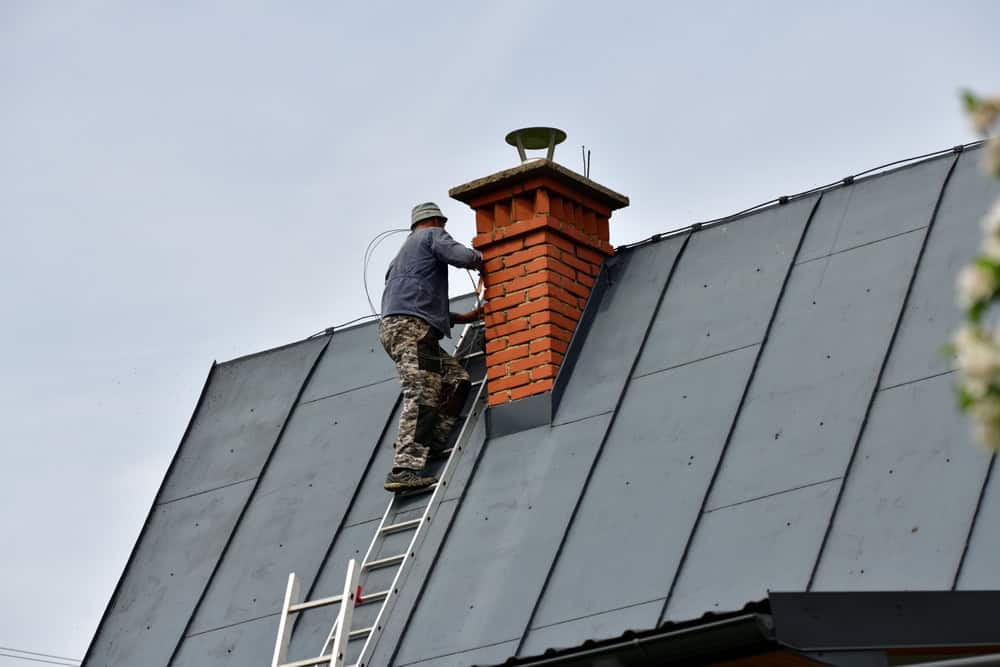Professional chimney liner installation that protects your home and passes every inspection the first time.

Hear from Our Customers

When your chimney liner is installed correctly, you get consistent draft, efficient heating, and complete peace of mind. No more worrying about carbon monoxide, water damage, or failed inspections.
You’ll notice the difference immediately. Better airflow means your fireplace draws properly every time you light it. Your heating bills stay predictable because your system works efficiently. Most importantly, you sleep better knowing your family is safe.
A quality stainless steel chimney liner installation protects your home’s structure from heat and moisture damage. It also ensures your system meets current safety codes, which matters for insurance and resale value.
Certified Chimney Inspections has been serving South Kingstown homeowners since 2000 with the same experienced team. We formally established the company in 2016, but our expertise goes back over twenty years.
All our technicians are CSI certified through the Chimney Safety Institute of America. This isn’t just a piece of paper – it means we know current codes, proper installation techniques, and safety protocols that protect your investment.
You’re working with professionals who’ve seen every type of chimney issue common to Rhode Island homes. We understand local building requirements and weather challenges that affect liner performance.

Our process starts with a thorough inspection to determine the right liner size and type for your specific chimney. Most South Kingstown homes benefit from stainless steel liners because they handle both wood and gas applications while resisting corrosion from coastal moisture.
Installation begins with careful preparation to protect your home and belongings. We remove the old liner if necessary, and clean and inspect the chimney for any structural issues that need addressing first.
We then install the new liner from the top down, properly sized and secured at both ends. All connections are sealed and tested to ensure proper draft and safety. The job isn’t complete until everything passes inspection and you understand how to maintain your system properly.

Ready to get started?
Every chimney liner installation includes proper sizing calculations, high-grade stainless steel materials, and complete system testing. You receive detailed documentation for insurance and future reference.
Our installation covers all necessary components including the liner itself, connection hardware, insulation where required, and proper cap installation. Many South Kingstown homes need insulation around the liner due to oversized flues, which improves draft and prevents condensation issues.
You also get guidance on maintenance schedules and what to watch for between professional inspections. This isn’t just about installing a liner – it’s about ensuring your entire chimney system works safely and efficiently for years to come.
